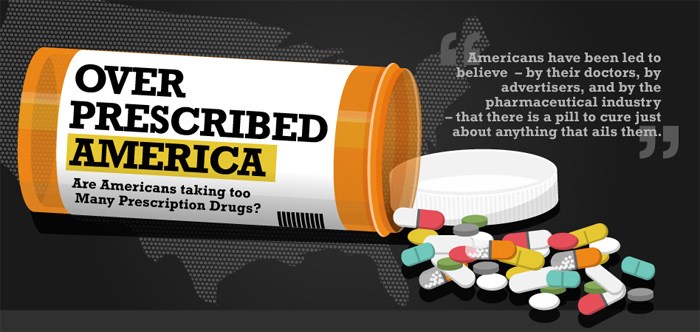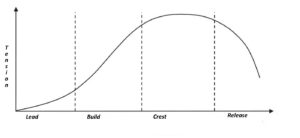When it gets overwhelming there’s hope
Do you know how to deal with sadness and depression without taking a prescription? As a musician, I feel the most important part of my job is to find the deepest feeling in music and make that emotion come alive for an audience even if that feeling is deep sadness or depression. I’ve been practicing this from a very early age. Lots of Classical musicians can play the notes, but making a convincing performance is all about disciplined investigation of the emotional meaning in the music and translating that for listeners.
I didn’t realize how well that practice would serve me in life. Life happens: the suicide of a lifelong friend; the passing of my mother and later my father; two divorces; watching my kids and step-kids navigate their childhood and early adulthood; coming face to face with my own chronic depression and suicidal ideation…there were lots of opportunities to apply my musical translation skills to non-musical issues and events.
I hope my experience and this article are useful to you.
First lesson: we aren’t supposed to run away from the bad stuff
I have lots of respect for people who never seem to be sad or depressed. The stiff upper lip I learned from my Midwestern family must have helped them through so much! On the other hand, my paternal grandfather’s suicide wasn’t something I learned of until I was in my mid-thirties. The family stuffed that down deep and put a lid on it.
Fortunately, one of my uncles, who served as a bomber pilot in Vietnam had experience with tragedy. I believe this gave him the poise to be able to talk candidly with me about how his father came to take his own life. Until that conversation, I had kept my musical/emotional practice separate from how I lived life: plenty of feeling at the piano; very limited feeling elsewhere.
My uncle’s example helped me understand that the bad stuff in life was connected to the depth of emotion I practiced in music. I began to see that, instead of burying my real-life feelings, facing up to life’s bad stuff with full awareness was my first lesson of how to deal with my own sadness and depression. Yes, it was still unfamiliar and a bit scary, but that small shift of awareness started to teach me the process that I still rely on today.
You can too.
Second lesson: facing the bad stuff
To not run away from sadness and depression was hard. I love to play music that’s sad and depressing! I’ve gotten way too good at expressing those feelings. But what should I do when sadness and depression hit me in the offstage world, without the safety of that big black piano?
This was a hard lesson, but the practice seems simple. In a word, it’s the practice of acceptance. To accept sadness and depression was huge for me because they could so easily overwhelm me, but here’s the insight that gave me courage:
- Sadness and depression, like all feelings, are necessary parts of being human.
Feelings, I have learned, act like guard rails. They keep us on the paved road, moving forward. Yes, at first, I slammed off them, bouncing from side to side, trying to hold a line down the middle of the road but spinning out a lot. That was before I learned not to fight sadness and depression and anger and fear…and even joy. The experience of these emotions exists at a bio/physio/electro/chemical level unique to each one of us that’s used to help us survive, provided we pay attention.
Or, much worse, if we stuff them, or act out on them. What I began to realize is that there were options beyond my stiff upper lip. Just as I could feel these emotions deeply in the music I played, I could also choose to feel them deeply in life. What happened? My life became richer, and I found myself spending less time with my old friend, chronic depression. I also found that I was hitting the guard rails less and less, and that progress becomes easier, more satisfying, and very much more sustainable.
Third lesson: surrender
The term “mindset” is fashionable these days. My stiff upper lip was a kind of mindset, and acceptance of sadness and depression as useful tools is a kind of mindset, but that doesn’t go deep enough to really convey the point. Feelings aren’t just in our heads. They reach us at a deeper level. While there’s some debate about whether the thought of sadness comes before or after the feeling (contemporary science favors the brain-based trigger although there’s now research into gut-based triggers, too), the lesson here is to identify the feeling and surrender to it. Completely.
Complete surrender to an unwanted emotion may sound counter-intuitive, but I can write with confidence that my attempts to control sadness and depression with willpower didn’t work. In fact, mindfully resisting that stuff seemed to just lock it down inside me, which wasn’t helpful. Our family was religious, but religion couldn’t reconcile the beauty I found in musical emotional depth with the angst that swirled around my attempt to resist those emotions in real life.
The Serenity Prayer cautions us to know the difference between what we can’t control (pretty much everything) and what we can control (our response). Once I started the practice of surrender, I didn’t have to hit the emotional guard rails so much. The sadness and depression I’d tried to avoid became more like trusted teachers that helped guide me.
Bottom line: hope
Rather than spend time and treasure on the symptoms of resisting sadness and depression, I find that welcoming those feelings – or any feelings – is a much healthier way to live. Instead of running away, I face the emotions openly, surrender to them, and allow them to pass, which they do much more quickly than if I’d offered resistance. That practice is huge for reducing distress and anxiety, too!
Life gives me plenty of opportunities for meeting sadness and depression with acceptance and surrender, and the several thousand years of evidence that support this practice give me hope that I’m on a sustainable path. Modern science has started to investigate this historical evidence as well; contemporary psychological studies in the area of “post-traumatic growth,” for example, also give me hope that what we artists and musicians use as professional tools may have a much wider promise for people who need to know how to deal with sadness and depression in today’s world.
Maybe this is how human beings are supposed to meet adversity. I find it is a much better way for me and hope that it may also work for you.
Learn How to Deal with Sadness and Depression Without Taking a Prescription
Think carefully: you may already know how to deal with sadness and depression without taking a prescription. These skills are built-in, and they improve with practice. You can work alongside us to help supercharge your process. Contact us here.
As you learn and practice
How To Deal With Sadness and Depression Without Taking a Prescription
you might also enjoy some encouragement from 7 Comforting Quotes to Deal With Sadness.
Ready for a deeper dive? The Musimorphic Quest, a fully-mentored online active-learning experience will immerse you in practical ways to meet life’s challenges with skills you may not realize you already have. It’s not for everybody, but you are that unique individual who really resonates with with the power of music and wants to learn to wield it with skill, give it a try. The landing page is here.



